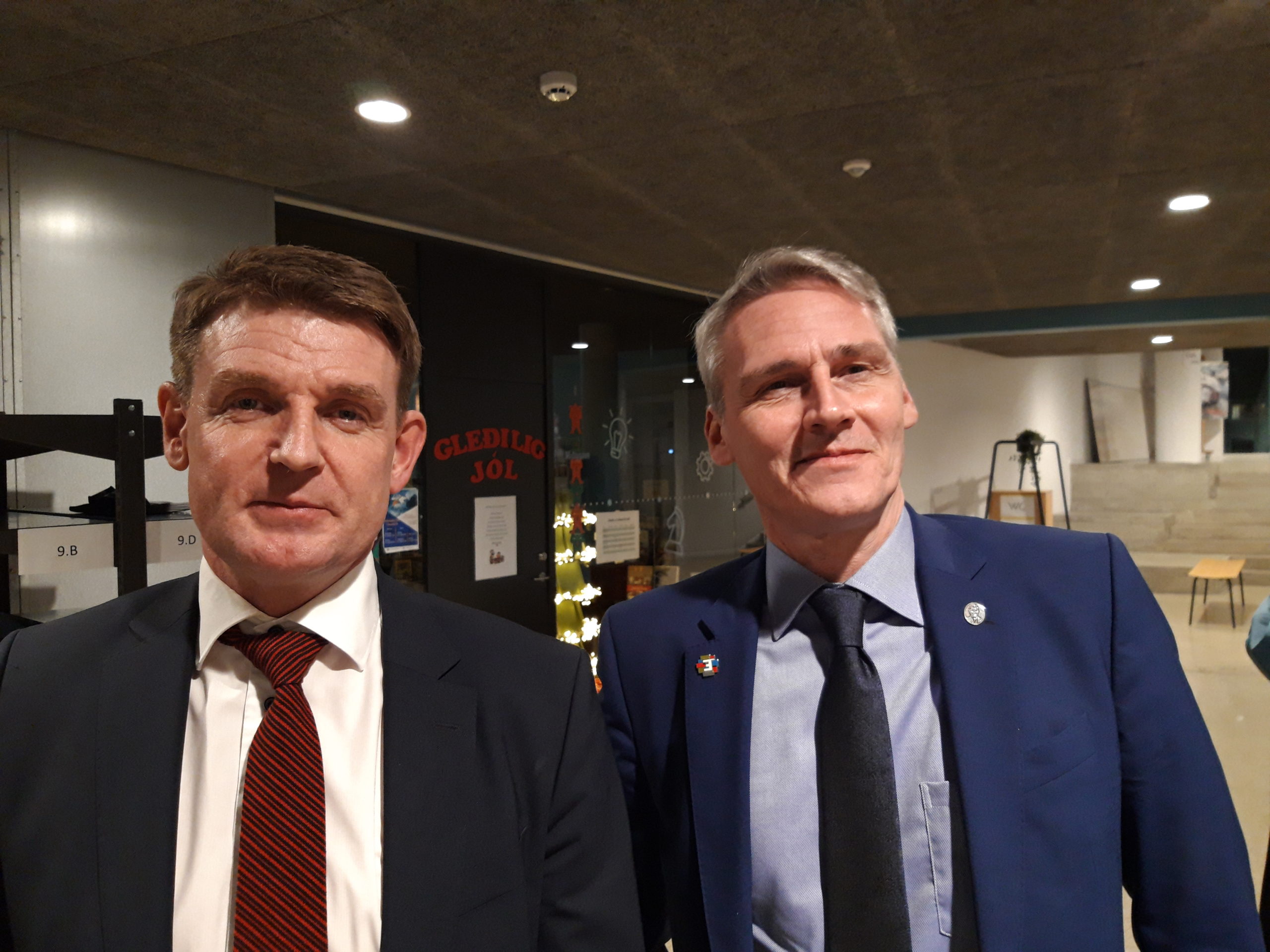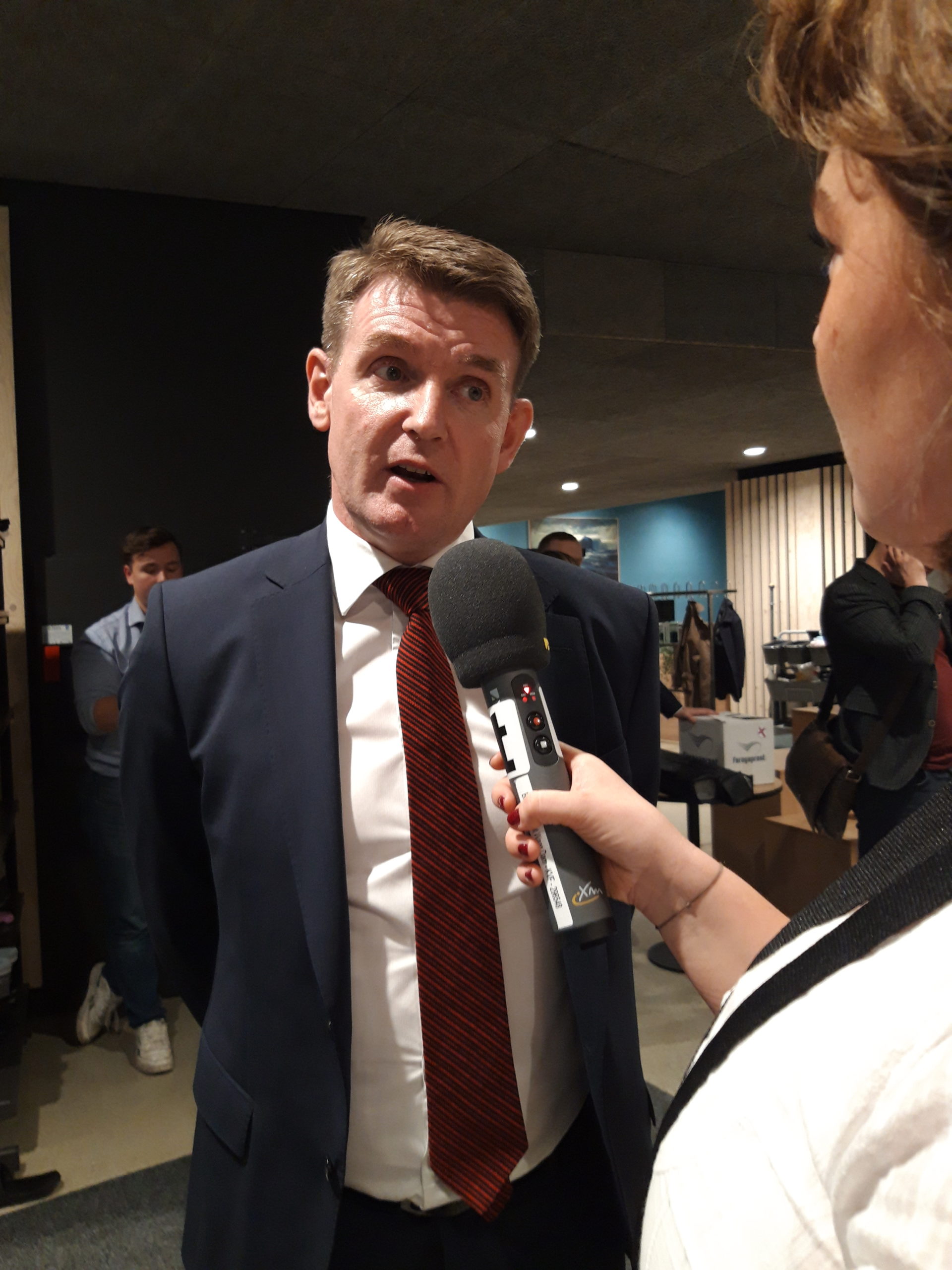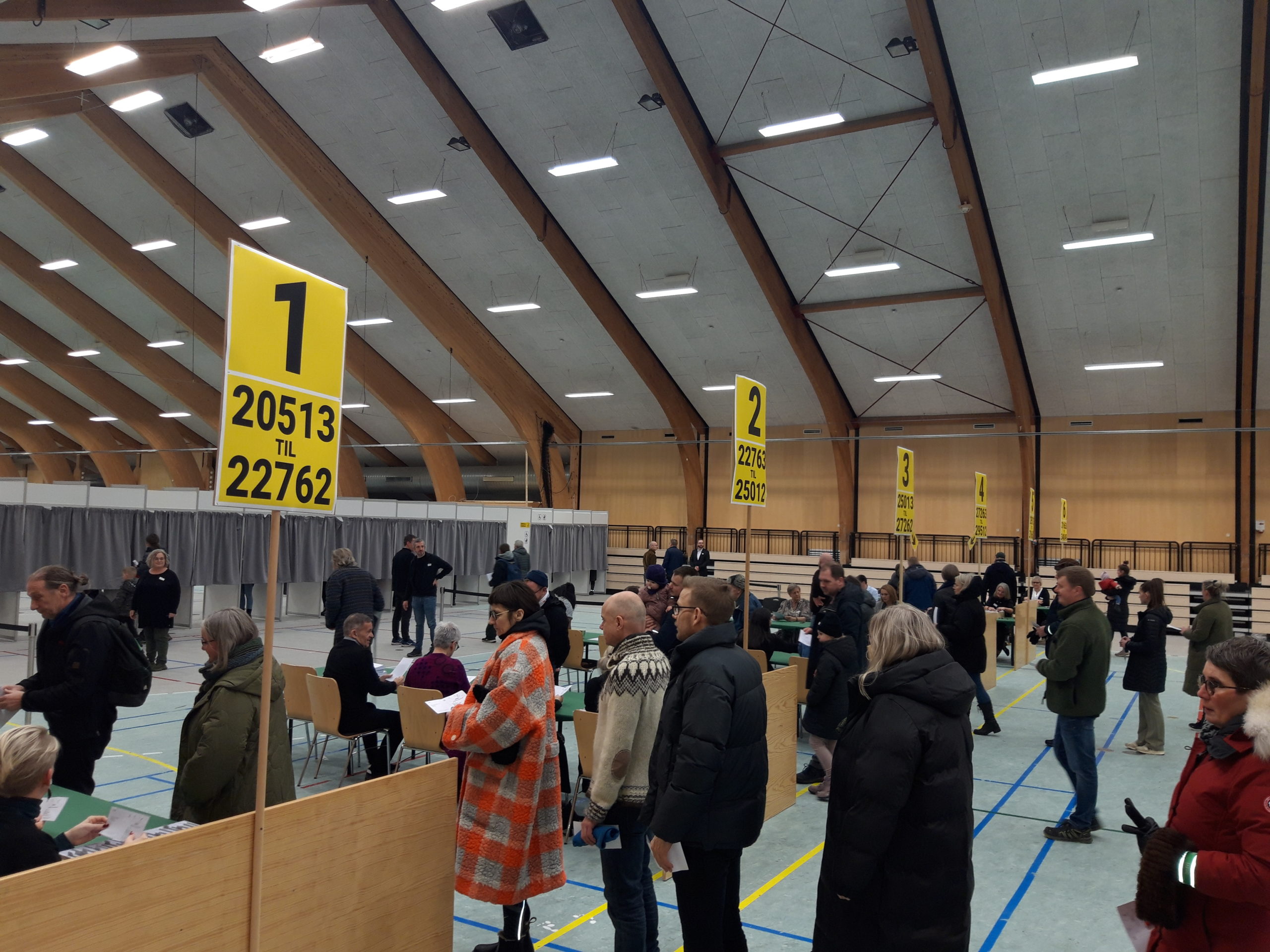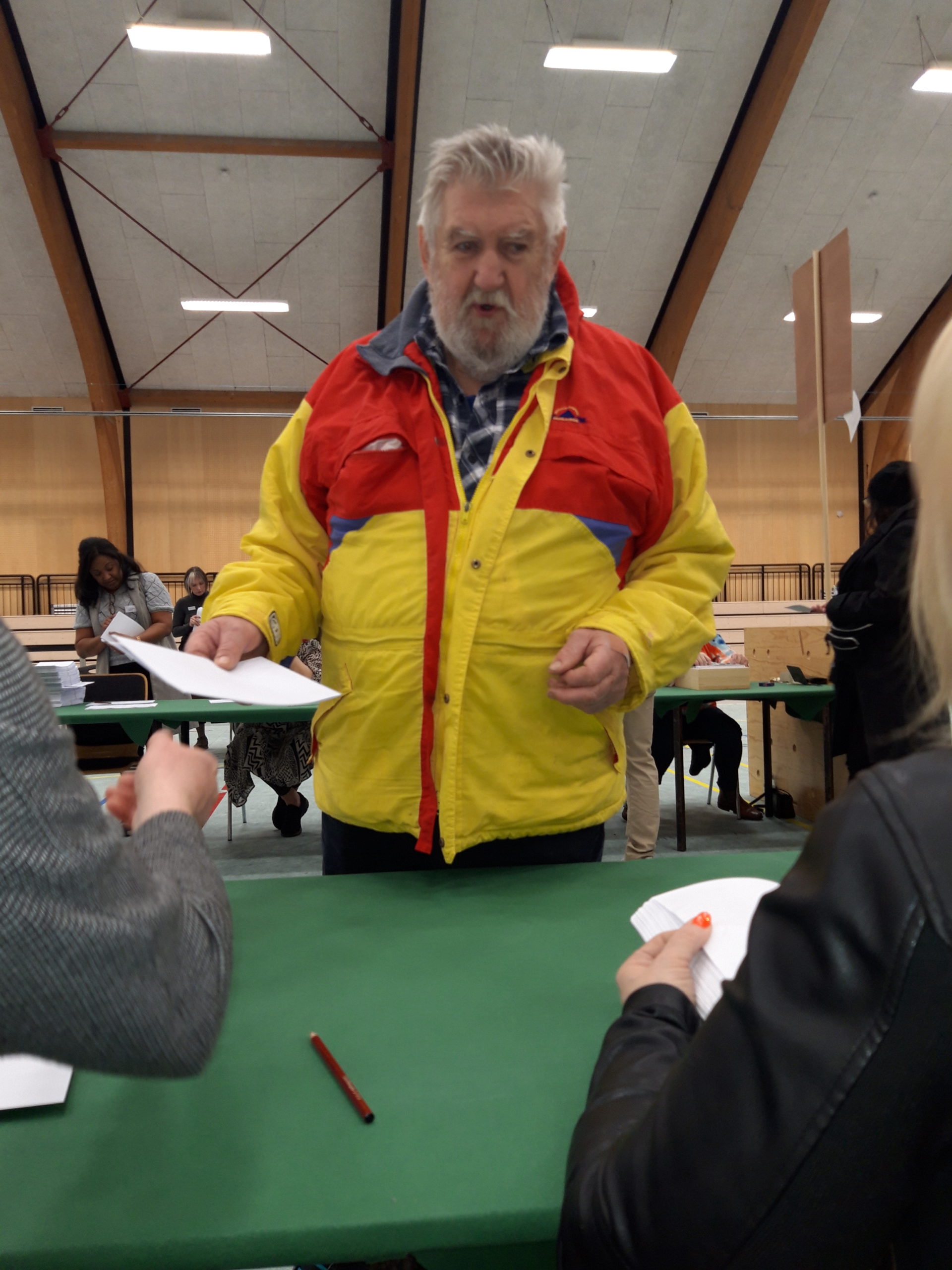The Faroe Islands get a new government amid growing US interest
Several U.S. naval ships and submarines have visited the Faroe Islands in 2022 — something that happened only rarely in the past.
On Wednesday the citizens of the Faroe Islands, who number about 53,000, got a new government which is likely to end a fisheries deal with Russia and provide aid to families smarting from growing inflation.
During the campaign before general elections on December 8, Aksel Johannesen, chairman of Javnadarflokkurin, a social democratic party vowed to end by 2024 a controversial deal with Russia to swap fishing quotas. After the elections and the negotiations that followed, he is now slated to lead a three-party governing coalition,
The Faroe Isands’ previous government renewed a quota-swapping deal with Russia for 2023 in the midst of the electoral campaign, despite criticism that it put the country in conflict with larger European efforts to isolate Russia after its illegal invasion of Ukraine in February.
Johannesen announced the formation of his new government coalition Wednesday and promised to present his cabinet as well as a detailed agenda for the coalition on Thursday. During the electoral campaign all of the three parties involved argued that many families need economic assistance because of high inflation rates.
U.S. attention
The Faroe Islands have recently seen a significant increase in attention from the United States, which has indicated a particular interest in the strategically important Faroe Islands’ harbors. Several U.S. naval ships and submarines have visited the Faroe Islands in 2022 — something that only rarely happened before.
The Faroe Islands, a country within the Kingdom of Denmark, are centrally located in the straits between Greenland, Iceland and the U.K., the so-called GIUK gap. Russian naval vessels must cross this chokepoint on their way from naval bases in Russia’s Arctic northwest before they can enter into the greater North Atlantic and travel on to Europe or the East Coast of the U.S.
In June, the previous Faroese government agreed with Denmark, which still holds sovereignty over the semi-autonomous islands, that a new air surveillance radar to monitor better Russian military air traffic over the North Atlantic will be built on a mountain top outside Tórshavn, a deal that the new government is likely to honor.
Strong economy
The Faroe Islands consist of 18 islands, most of which are connected by modern tunnels or bridges. The government in Tórshavn, the capital, controls most domestic affairs, including trade and fisheries and the island’s rapidly expanding aquaculture and tourism industry.
The islanders enjoy a per capita income higher than the Danes and the new government in Tórshavn may ask Denmark to reduce the annual Danish subsidy to the Faroe Islands, currently about $85 million. The strong economy has recently lured many Faroese, who had left the islands, to return home.
The new coalition holds a majority of the 33 seats in Løgtingið, the parliament in Tórshavn. It is headed by Johannessen’s Javnadarflokkurin but also embraces Framsøkn, a small liberal party, and Tjóðveldi, the island’s leading pro-independence party. The same three parties formed a coalition government on the islands from 2015 to 2019, in which the chairman of Tjóðveldi, Høgni Hoydal, a prominent advocate for the islands’ independence from Denmark, served as Minister of Fisheries. He is now likely to be included in the new cabinet, but no actual moves towards severance of ties to Denmark are expected by the new government. Most Faroese seem content to develop for the time being the Faroe Islands’ healthy economy and its foreign and military affairs under the current system of cooperation with Denmark.
CORRECTION: An earlier version of this story included the incorrect number of seats in Løgtingið. The story has been updated to include the correct number.
This article has been fact-checked by Arctic Today and Polar Research and Policy Initiative, with the support of the EMIF managed by the Calouste Gulbenkian Foundation.
Disclaimer: The sole responsibility for any content supported by the European Media and Information Fund lies with the author(s) and it may not necessarily reflect the positions of the EMIF and the Fund Partners, the Calouste Gulbenkian Foundation and the European University Institute.




